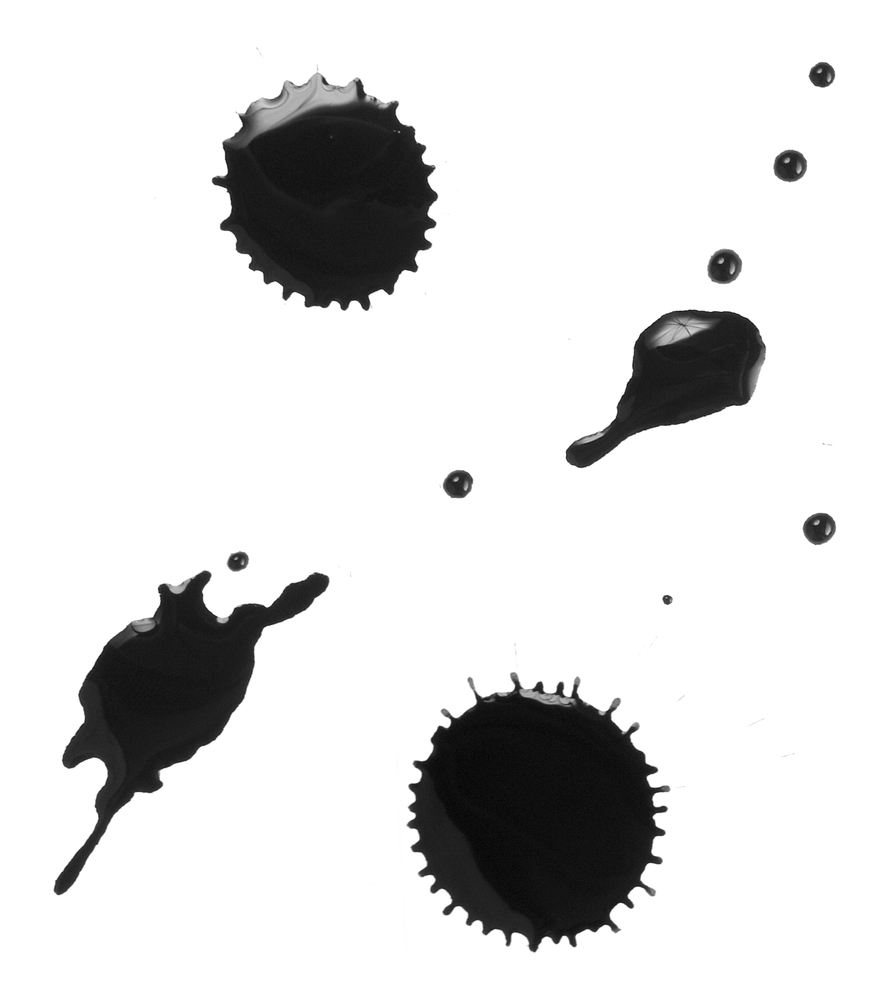Scope and Objectives
Scope and Objectives
Contamination is defined in many ways
Contamination may be broadly defined as any material, substance, or energy which adversely affects the performance or function of a manufacturing process and/or manufactured product [adapted from “Contamination Control Engineering Design Guidelines for the Aerospace Community”, A.C. Tribble et al., Rockwell International Corporation, NASA Contractor Report 4740, May 1996]. By this broad definition contamination can be vapors, particles, films, residues, light, nuclear radiation, electromagnetic fields, electrostatic charge, and heat (or lack of heat), among many other examples. Furthermore, contamination can be organic, inorganic, ionic, biological, volatile, non-volatile, condensable, non-condensable, corrosive, or non-corrosive in nature.


